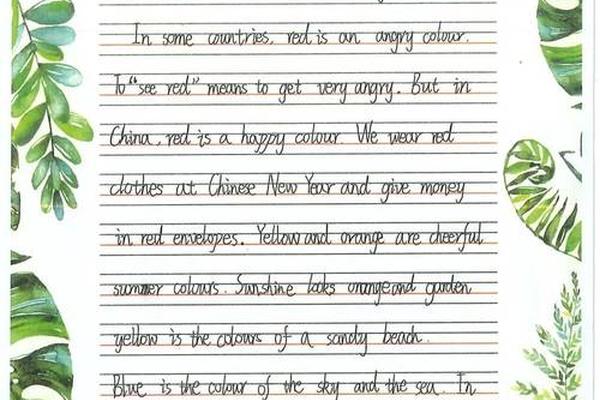Introduction to Chinese Calligraphy in English
Chinese calligraphy (书法, shūfǎ), regarded as the "highest form of visual art" in traditional Chinese culture , is more than mere writing—it embodies the harmony of philosophy, aesthetics, and discipline. Below is a structured overview and sample essay to introduce this art form in English.
Key Elements of Chinese Calligraphy
1. Historical Roots
2. Artistic Principles
3. Cultural Significance
4. Aesthetic Philosophy
Sample English Essay: Chinese Calligraphy—A Bridge Between Past and Present
Introduction
Chinese calligraphy, a 3,000-year-old art form, transcends mere writing to become a spiritual journey. Rooted in ancient rituals and philosophy, it remains a living testament to China’s cultural legacy.
Body

1. Historical Legacy
The journey begins with oracle bone inscriptions, where shamans carved symbols to communicate with deities. These early characters, though pragmatic, laid the groundwork for aesthetic expression . By the Han Dynasty, calligraphy had become a refined art, with scholars like Wang Xizhi elevating it to unparalleled elegance .
2. Artistic Mastery
Calligraphy’s beauty lies in its duality: strict rules govern stroke order, yet creativity flourishes in styles like Cursive Script, where characters flow like "flying dragons and dancing phoenixes" . The interplay of ink and rice paper (宣纸) creates a dance of light and shadow, embodying the Daoist principle of yin and yang .
3. Cultural Resonance
Beyond art, calligraphy serves as a mirror of Chinese values. The phrase "字如其人" (zì rú qí rén)—"the writing reflects the person"—highlights its role in personal cultivation. Modern China still celebrates calligraphy in education, festivals, and digital media, ensuring its relevance .
Conclusion
In a world dominated by keyboards, Chinese calligraphy endures as a bridge between tradition and modernity. It is not just an art of the hand but a meditation of the soul, inviting global audiences to explore the depth of Chinese culture.
Vocabulary Highlights

This essay and overview synthesize historical, artistic, and cultural dimensions, ideal for academic or cultural exchange contexts. For further reading, explore Chinese Calligraphy: The Art of Handwriting by Chen Tingyou .


